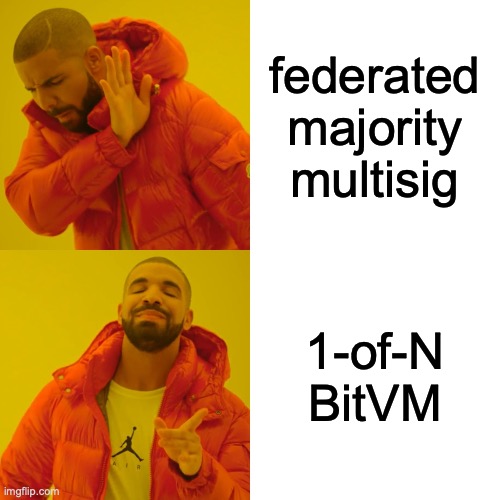Computing on Bitcoin #27
February 21, 2025 - Week 8
Welcome to this week’s edition of Computing on Bitcoin news.
As the ecosystem evolves, we’re bringing you the most exciting developments in zkVMs, Bitcoin scaling, bridges, and more.
Whether you’re a builder, investor, or just curious about what's trending in the scene, we’ve got you covered.
Take a look at this week's articles:
That’s it for this week’s edition.
We hope these insights helped you stay ahead in the fast-moving world of Computing on Bitcoin.
See you next Friday with more cutting-edge updates!










